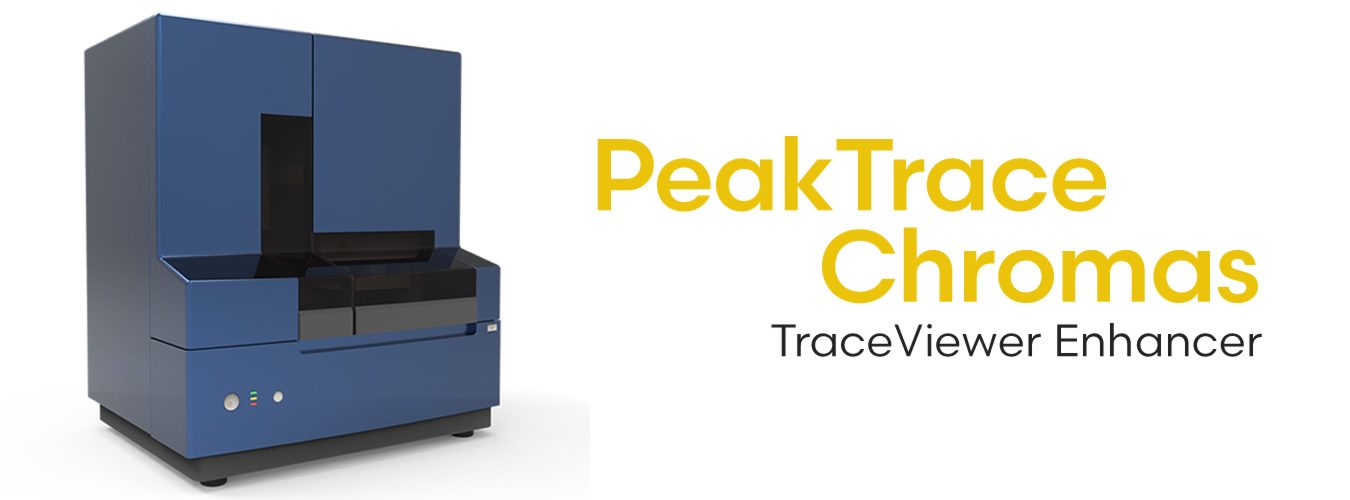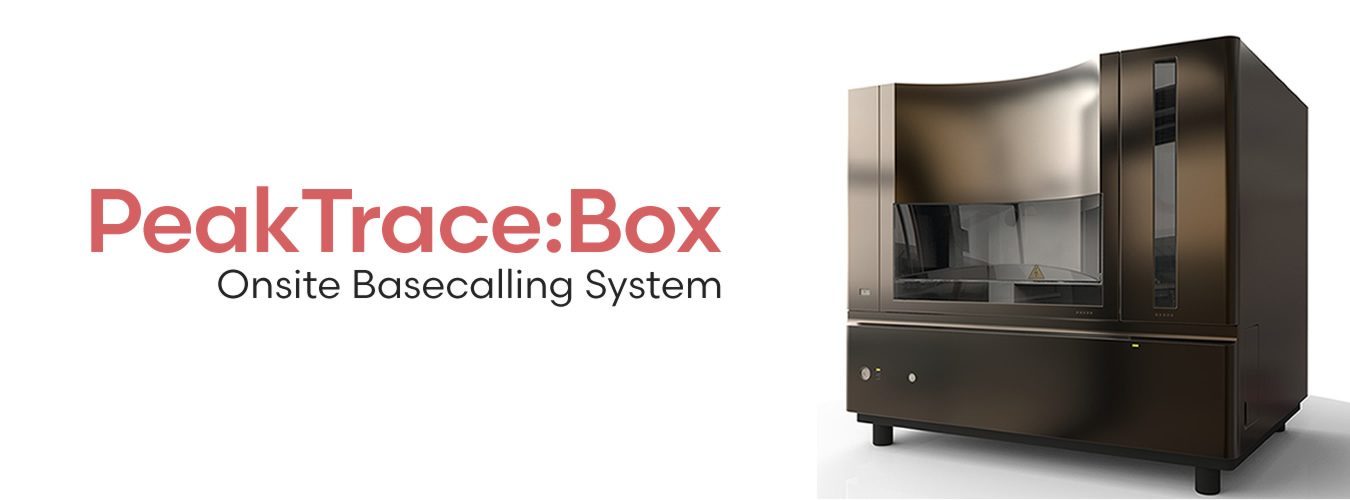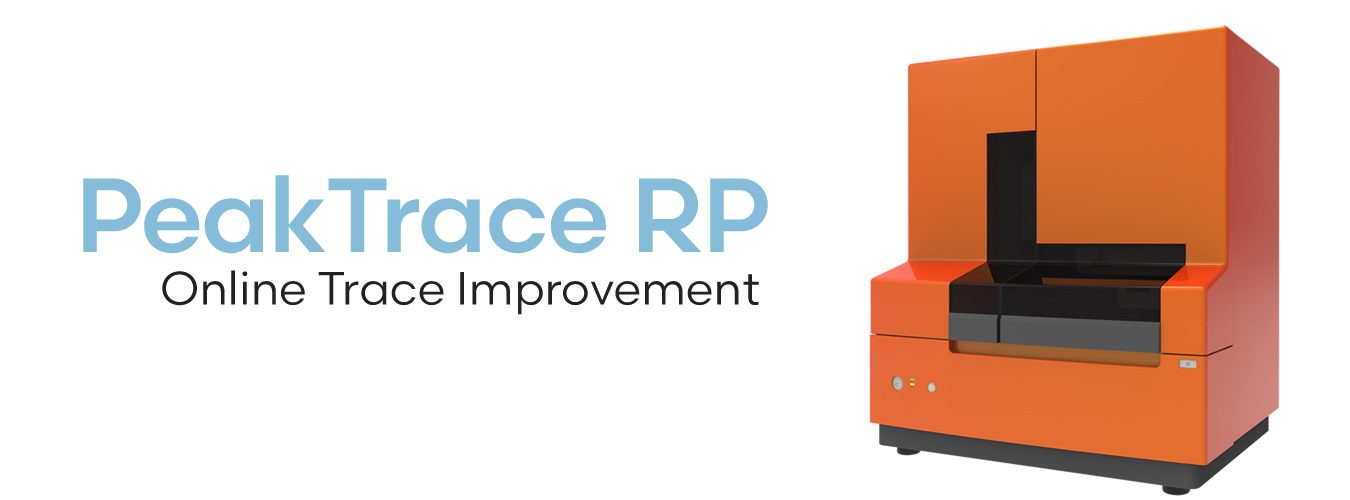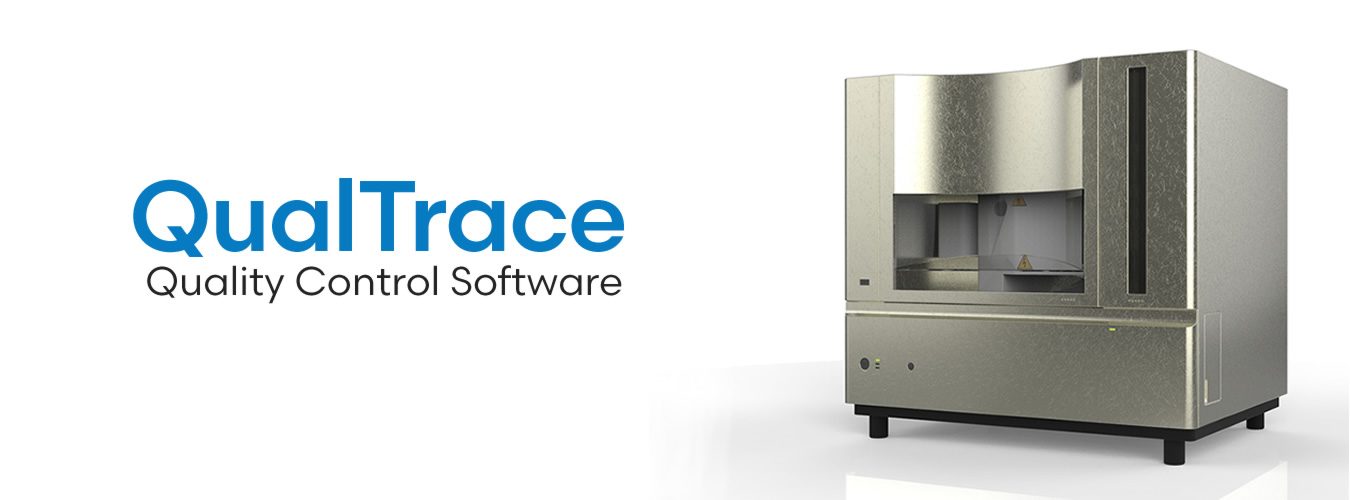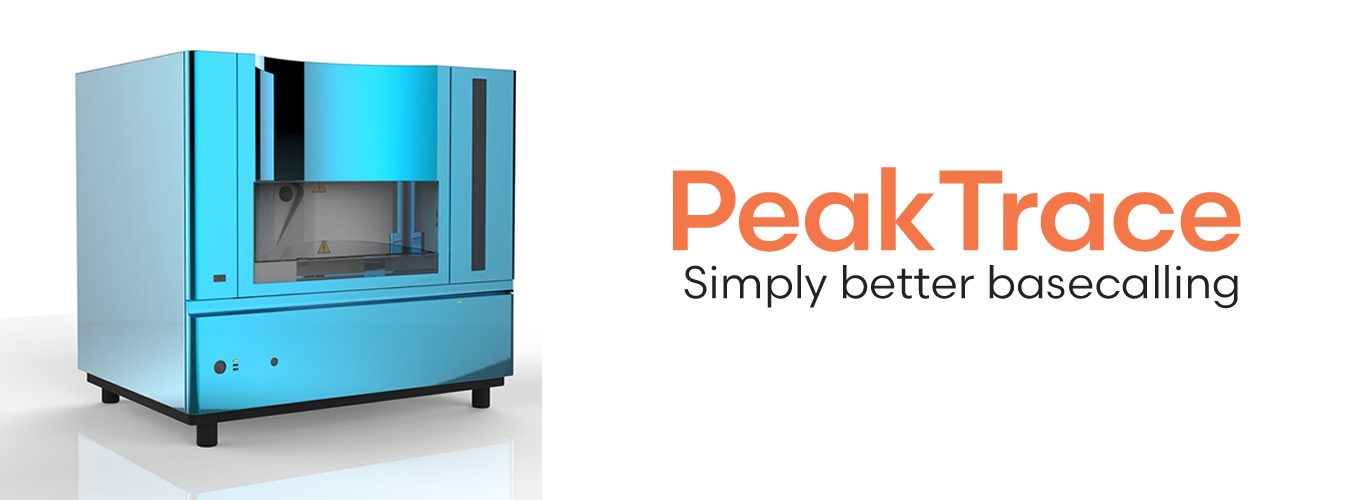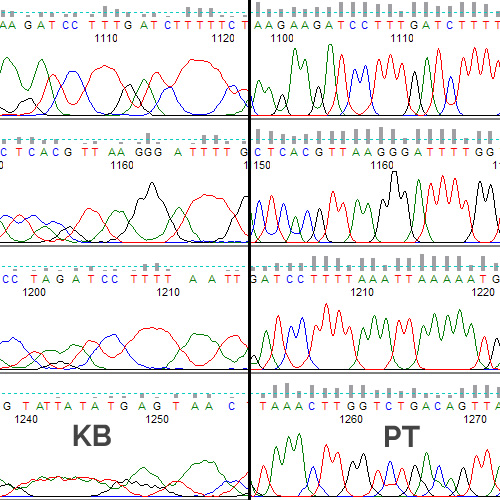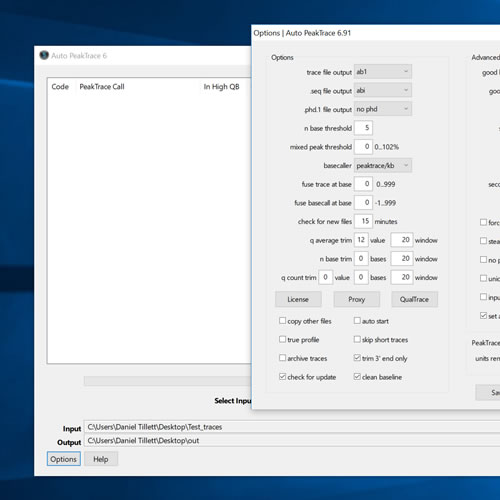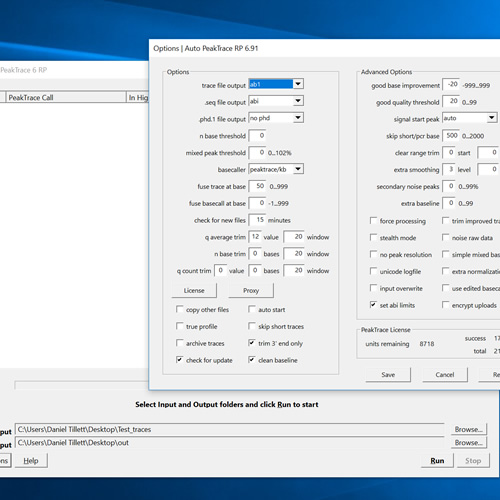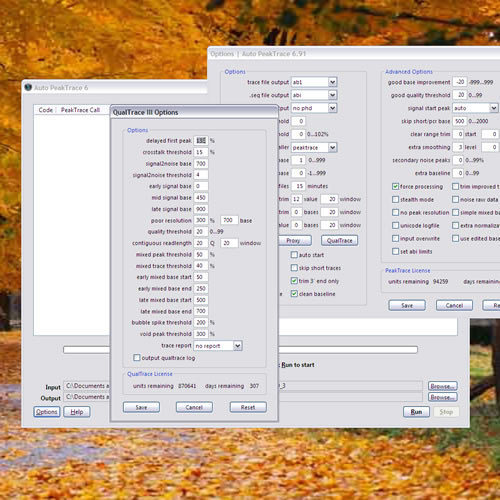Nucleics has moved to 29 John St, Woollahra. There is not much more to add other than we may take a little longer than normal to get back to you while we set up the new office. Edit. We are back to normal. … [Read more]
Auto PeakTrace RP 6.21 Released
Auto PeakTrace RP 6.21 has been released. This is update improves the reliability and speed of PeakTrace RP processing. New Feature. Additional Australian and Chinese based RP server. More accurate estimated time to completion function. … [Read more]
Auto PeakTrace RP 6.20 Released
Auto PeakTrace RP 6.20 has been released. This is a major upgrade designed to improve processing speed. The file uploading and server backed has been completely redesigned to be able to dynamically adapt to your network speed. In addition we have … [Read more]
In Depth: Trim 3-Prime End Only
One of the most simple of the new features within PeakTrace 6 is the trim 3’ end only setting. This option allows you to use trace trimming to remove the low quality bases from the 3’-end of the trace while keeping the low quality bases at the … [Read more]
Update: PeakTrace Software Download Page
We have updated the layout of our software downloads page. Previous we all software updates were on the same page for the different versions of PeakTrace, but we found that many customers were confused as to which version they should download. To try … [Read more]
In Depth: Extra Smoothing Part II
In Part I of this series we looked at how to limit the sharpness of the trace peaks from PeakTrace by using the no peak resolution setting. While this is the simple way to make a PeakTrace basecalled trace look like a KB basecalled trace, the no peak … [Read more]
In Depth: Extra Smoothing Part I
An interesting concern we get from customers about the PeakTrace Basecaller™ is that the peaks are "too sharp" at the end of the trace. This has always puzzled us because what is the criteria for a peak being too sharp? Should a trace processed and … [Read more]
In Depth: Extra Normalization
A common problem with Sanger DNA sequencing is a rapid falloff in peak signal strength - what is known colloquially as a “ski-slope” trace. This problem can often be difficult to see in the processed data channels because of basecaller normalization, … [Read more]
In Depth: Automatic Bubble Spike Removal
One production problem that can occur with Sanger DNA sequencing is sharp spikes in the raw data channel. These spikes can appear anywhere in the raw channel, are very intense and narrow (2 to 5 scans), with signal in all four channels of … [Read more]
PeakTrace 6.12 Linux x86_64 Released
We have released PeakTrace 6.12 for x86_64 Redhat/CentOS 6. This fixes a few minor bugs, but it does include one important improvement - bubble spike correction. Bubble spikes are sharp spikes in the raw data channel caused by small air bubbles in … [Read more]
- « Previous Page
- 1
- …
- 11
- 12
- 13
- 14
- 15
- …
- 24
- Next Page »
